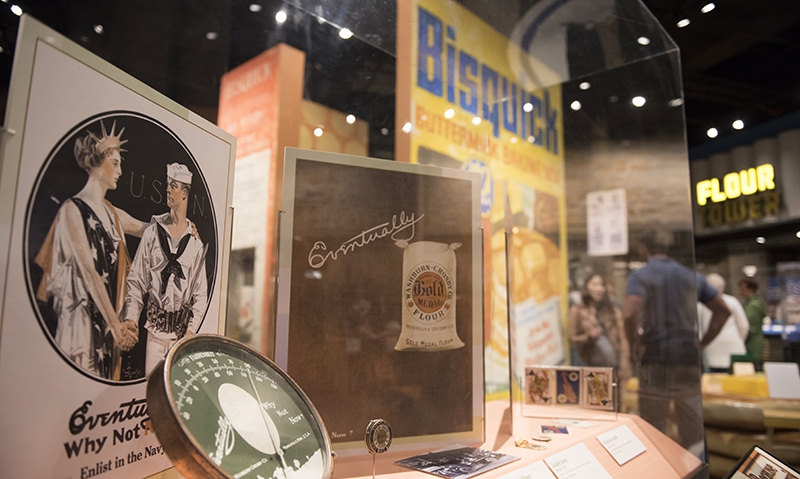
The American Legion returns to Minneapolis, the site of its first convention in 1919, for the organization’s 100th national convention. The convention kicks off a year-long centennial celebration.
The American Legion returns to Minneapolis, the site of its first convention in 1919, for the organization’s 100th national convention. The convention kicks off a year-long centennial celebration.
Minneapolis convention visitors can stop by Peavey Plaza, where plaques pay tribute to the first national convention. Peavey Plaza, 1100 S. Marquette Ave., is an outdoor public space at the southern end of Nicollet Mall between 11th and 12th streets.
There are plans in the works for centennial celebrations including history re-enactors, old military vehicles and more.
Fort Snelling
Technically in St. Paul, Fort Snelling evokes history. Visitors will learn about Minnesota’s connections to the Civil War, which began when then-Gov. Alexander Ramsey pledged 1,000 Minnesota troops to serve for the union army. Fort Snelling was reopened as a training center for these troops.
Later, when the United States entered World War II, Fort Snelling served as an induction point for more than 300,000 men and women who joined the armed forces.
In 1946, the fort was decommissioned as an active military post. However, reservists still use some buildings and offices on site today.
Mill City Museum
The Mill City Museum, opened in 2003, is located at 704 South 2nd St. on the edge of the Mississippi River.
Guests are invited to “visit the most explosive museum in the world,” a reference to the tragic Washburn flour mill explosion in 1878 that killed 18 people and damaged a large portion of the mill district. Minneapolis remained the nation’s leader in the production of flour for the next 50 years, until the mills became dismantled over the next couple of decades.
In 1983, the Washburn Mill was named a historic landmark. Eight years later, the building was gutted by fire, but later restored — in part — and opened as the museum.
- Minneapolis

